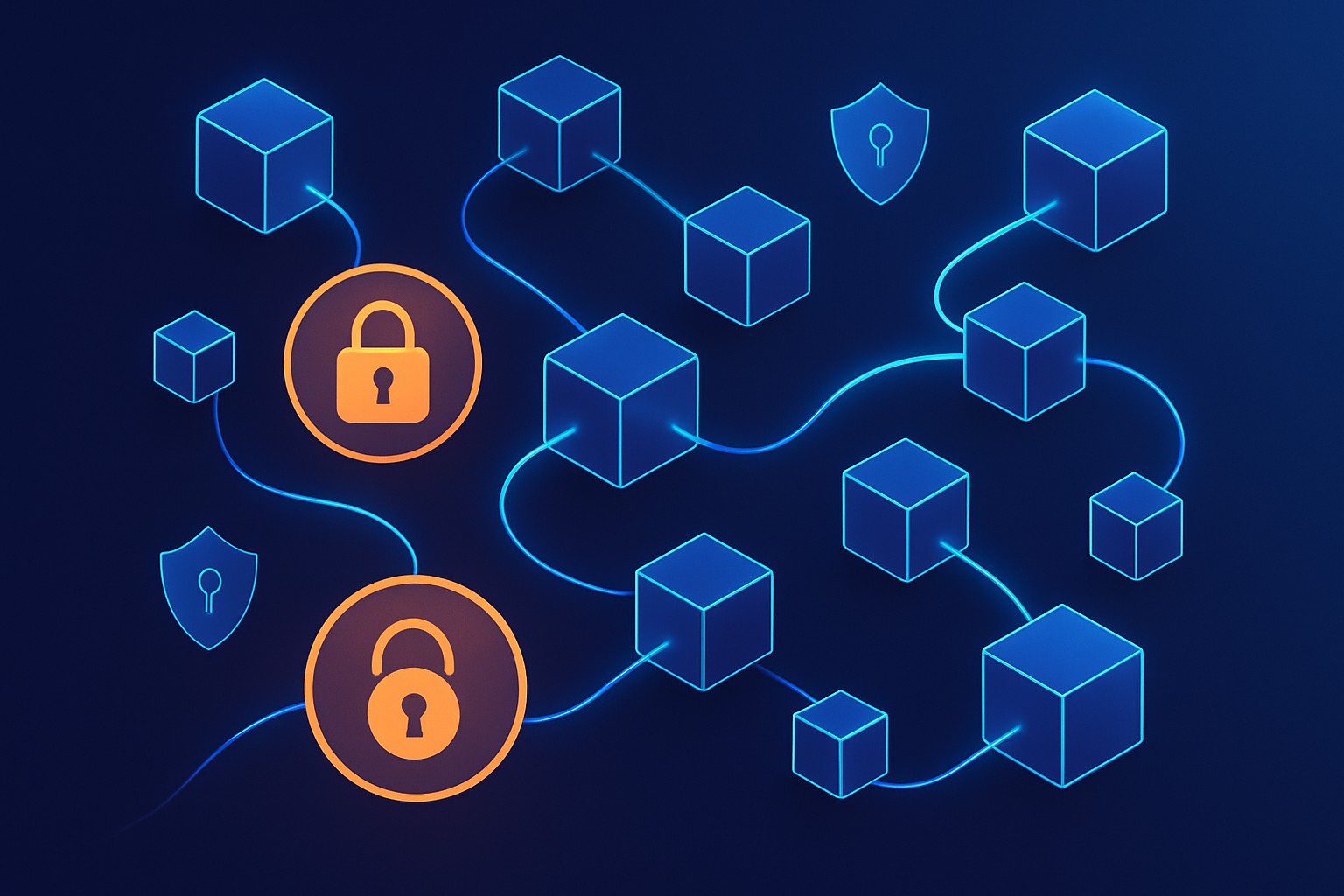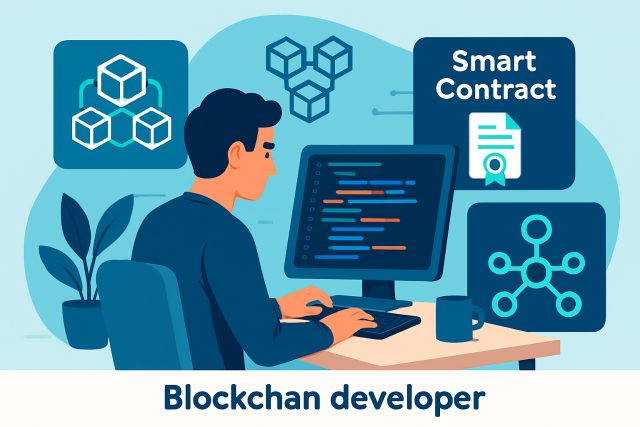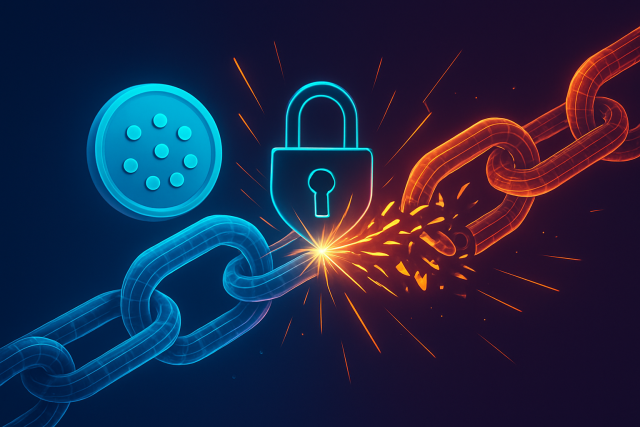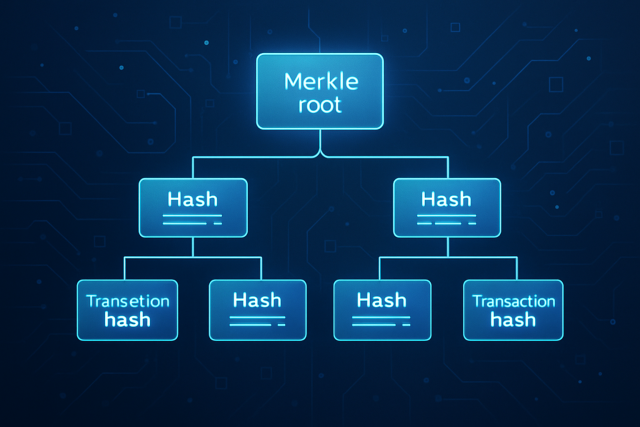Zero Knowledge Proof Explained With Simple Examples


Zero knowledge proof is quite the fascinating concept. It might seem a bit tangled but once you break it down with straightforward examples it starts to make more sense. Essentially, it allows someone to prove they know a secret without revealing what that secret is. We will explain what zero knowledge proof means and why it is a big deal. This clever idea is a game changer for blockchain technology because it increases privacy, security and trust without exposing sensitive information.
What Does Zero Knowledge Proof Really Mean
A zero knowledge proof (ZKP) lets one party known as the prover persuade another party—the verifier—that they know a particular piece of information like a password or secret without ever revealing what that information actually is.
Many individuals mistakenly think that zero knowledge proofs are all about securely sharing secret data or encrypting information. In reality, ZKPs aren’t concerned with keeping data under wraps during transmission. Instead, they’re geared toward proving you know something without spilling any juicy details. Another common mix-up is assuming zero knowledge means total invisibility. The verifier only finds out that the claim is true—nothing else sneaks through. These misunderstandings often make the concept seem far more complicated than it actually is.
The Basic Ideas Behind How Zero Knowledge Proofs Work
Zero knowledge proofs rest on three important pillars that keep them reliable and trustworthy: completeness, soundness and zero-knowledge.
- Completeness: When the prover is honest and genuinely knows the secret, the verifier will be fully convinced by the proof—no ifs ands or buts.
- Soundness: If the prover doesn’t actually know the secret, they cannot hoodwink the verifier with a fake proof. It just won’t fly.
- Zero-Knowledge: The verifier walks away knowing only that the prover knows the secret—nothing more and nothing less. It’s like a magician revealing a trick without spilling the secrets behind the curtain.
A Clear and Relatable Example The Classic Where is Waldo Challenge
You want to let a friend in on the fact that you’ve spotted Waldo in a jam-packed scene, but you’re not about to give away his exact hiding spot. By using a zero knowledge proof approach, you can confidently convince your friend that you know where Waldo is without spilling the beans.
"I can prove that I know exactly where Waldo is tucked away in this jam-packed scene without spilling a single pixel about his exact spot. That, my friend, is the clever magic of zero knowledge."
The Color-Blind Friend and the Tale of Two Balls
A classic example of zero knowledge proof is like convincing your color-blind buddy that two balls in your hand are different colors, but you don’t spill the beans on which is which. By slyly swapping the balls behind your back over and over, then casually asking your friend if the balls have been switched.
- You hold up two balls that are supposed to be different colors for your friend who just can’t tell one color from another.
- Your friend watches as you either leave the balls where they are or sneakily swap their positions behind your back trying to stay under the radar.
- After each little shuffle or sometimes none at all, your friend takes a shot at guessing whether you’ve switched the balls.
- If your friend keeps hitting the mark over several rounds they begin to seriously think those balls must actually be different colors.
- Throughout the whole routine you never spill the beans on which ball is which color, only confidently saying that you can tell them apart.

Why Do Zero Knowledge Proofs Matter in Blockchain? Let us dive into why these clever little proofs have become the talk of the town in the blockchain world.
Zero knowledge proofs let users verify transactions, identities or data validity without spilling the actual details. It’s a neat trick that boosts privacy for individuals, tightens security by reducing attack points and helps scale blockchain systems by trimming down the load on validators.
- They help protect user privacy by allowing transactions to be verified without spilling any data details.
- ZKPs make it possible to verify computations or states off-chain. This trims down blockchain bloat and lightens the load on storage, a win-win in my book.
- They ramp up security by enabling trustless proof verification without sharing sensitive information, keeping things tight and confidential.
- Zero knowledge proofs back scalable and efficient decentralized applications, making blockchain technology much more practical and ready for the big leagues.
Popular Types of Zero Knowledge Proofs a quick look at the heavy hitters
| Type | Description | Use Cases | Pros | Cons |
|---|---|---|---|---|
| Interactive ZKPs | Proofs that require a back-and-forth dance of messages between the prover and verifier. | Secure identification and authentication | Offers rock-solid security guarantees | Not the most practical choice when you need to scale up |
| Non-Interactive ZKPs | Proofs wrapped up in a single message from prover to verifier, usually leaning on a random oracle to get the job done. | Blockchain transaction verification | More efficient and easier to use in practice | Comes with some setup assumptions you can’t ignore |
| zk-SNARKs | Non-interactive proofs that are short and sweet, verifying quickly but hinge on a trusted setup. | Privacy-focused coins like Zcash and decentralized apps | Super compact proofs with lightning-fast verification | That trusted setup though—it’s a pretty big caveat |
| zk-STARKs | Scalable, transparent proofs that skip the trusted setup but ask you to swallow bigger proof sizes. | Supply chain tracking and scalable blockchains | Transparent, highly scalable, and ready for the big leagues | Proof sizes tend to be heftier, which can be a downside |
Each type of zero knowledge proof comes with its own set of perks, depending on what you need it for. Interactive proofs usually shine when you’re working in a tightly controlled environment, offering rock-solid security. Meanwhile, non-interactive proofs like zk-SNARKs and zk-STARKs are the go-to for scaling privacy on public blockchains without breaking a sweat.
Real-World Blockchain Examples Using Zero Knowledge Proofs That Actually Make a Difference
Zcash leans on zk-SNARKs to make transactions truly anonymous, cleverly hiding both amounts and participants while still keeping things verifiable.
Zero knowledge proofs let someone prove their age or citizenship without spilling the beans on exact personal details, giving privacy that much-needed extra layer of protection.
Voting systems put zero knowledge proofs to work by checking voter eligibility and tallying votes, all while respecting the sacred privacy of individual choices—no peeking allowed.
Supply chains rely on ZKPs to vouch for the authenticity and origin of products, doing so without tipping off competitors or revealing those sensitive business secrets.
Layer 2 scaling solutions use succinct zero knowledge proofs to bundle up loads of transactions off-chain before giving them the thumbs-up on the main blockchain, making the whole process smoother without breaking a sweat.
Take Zcash’s use of zk-SNARKs as an example. It changed the game for privacy-focused cryptocurrency by keeping transaction details under wraps while proving authenticity—kind of like showing your ID without revealing your whole life story. Projects like Civic and uPort apply zero knowledge proofs to make identity verification a more discreet affair. They let users confirm their attributes without oversharing. Voting platforms using ZKPs tighten election security while keeping ballots hush-hush. In supply chains, companies verify where products come from without spilling the beans on their suppliers. This helps build trust without putting sensitive info at risk. Finally, layer 2 solutions such as zk-rollups pack thousands of transactions into one compact proof, supercharging blockchain capacity and slicing fees without sacrificing security.
Challenges and Limitations of Zero Knowledge Proofs
Navigating the world of Zero Knowledge Proofs isn’t all smooth sailing—it comes with its fair share of hurdles and quirks that anyone diving into this field should keep in mind.
Zero knowledge proofs hold a lot of promise yet they come with their own fair share of headaches. Generating proofs can be pretty resource-heavy and a bit sluggish at times. Some protocols lean on trusted setups which could turn into a real security nightmare if they ever get compromised. On top of that, there’s the ongoing puzzle of scalability and how to smoothly fit these proofs into existing systems.
- Creating zero knowledge proofs often calls for hefty computing power and depends on algorithms that have been finely tuned to a tee.
- Trusted setup ceremonies might be needed and these can understandably raise some eyebrows when it comes to security and trust issues.
- While verification times are generally pretty speedy, they can still throw a wrench in certain use cases.
- Tossing ZKPs into existing blockchain systems tends to crank up the complexity quite a bit.
- Getting widespread adoption off the ground remains tricky, thanks to technical hurdles and the fact that many users are still scratching their heads trying to grasp the concept.
Summary A Friendly Introduction to Zero Knowledge Proofs
Frequently Asked Questions
If a zero-knowledge proof does not reveal the secret, how can the verifier be sure it is true?
The verifier gets convinced through a probabilistic challenge rather than by seeing the secret. Take the color-blind friend example: the friend faces repeated tests asking whether the balls were swapped. Anyone trying to fib would probably trip up on these random checks after a few rounds. Someone honest nails it consistently. This back-and-forth dance statistically confirms their knowledge without ever spilling the beans about which ball is which color.
What is the main difference between zk-SNARKs and zk-STARKs?
The key differences come down to setup and scalability. zk-SNARKs require a trusted initial setup ceremony but reward you with tiny proofs that verify lightning-fast. On the flipside, zk-STARKs skip that trusted setup and give you more transparency. They’re better with heavier workloads but their proofs tend to be bulkier. In my experience, choosing the right one boils down to whether you’re after transparency or sheer efficiency for your project.
Are zero-knowledge proofs only useful for cryptocurrencies and blockchain?
Not by a long shot. Sure, blockchain is the poster child for ZKPs but their reach goes well beyond that. They are used in privacy-friendly identity checks like proving you’re old enough without flashing your exact birthdate, secure online voting, supply chain verification without spilling secrets, and secure multi-party computations. Basically, anytime you want to prove something without giving away the goods, zero-knowledge proofs can lend a hand.
What is the 'trusted setup' problem mentioned, and why is it a concern?
A trusted setup means generating secret parameters at the start to build the ZKP system. If those secrets leak or the setup isn’t handled honestly, someone could forge fake proofs which is quite risky. It’s a classic single point of trust and a potential security Achilles’ heel. That’s why newer methods like zk-STARKs are designed specifically to dodge this issue altogether.
How difficult is it for developers to start implementing zero-knowledge proofs?
Building ZKPs from scratch is pretty challenging and involves delving deep into heavy math. That said, the ecosystem is rapidly evolving. Developers can now lean on handy libraries and frameworks like Circom for zk-SNARKs which handle much of the cryptography behind the curtain. You don’t have to be a cryptography guru though having a solid conceptual understanding definitely helps keep things from getting overwhelming.
Can a zero-knowledge proof be used to prove anything, or are there limitations?
ZKPs shine when proving concrete verifiable facts often about knowledge or spot-on computations. They aren’t cut out for fuzzy stuff like subjective opinions or claims that lack a clear true or false answer. The statement you’re proving has to be something you can pin down mathematically. Plus generating proofs for really complex claims can be a heavy lift computationally so that’s something to keep in mind.






